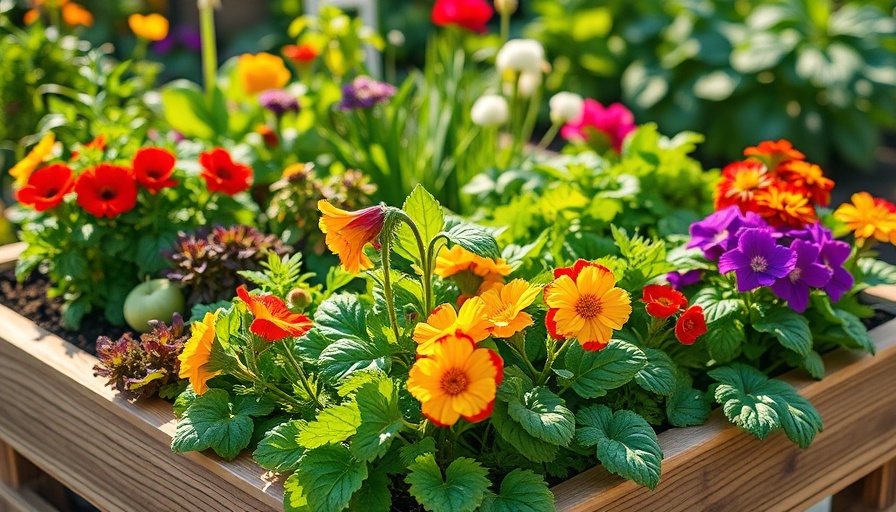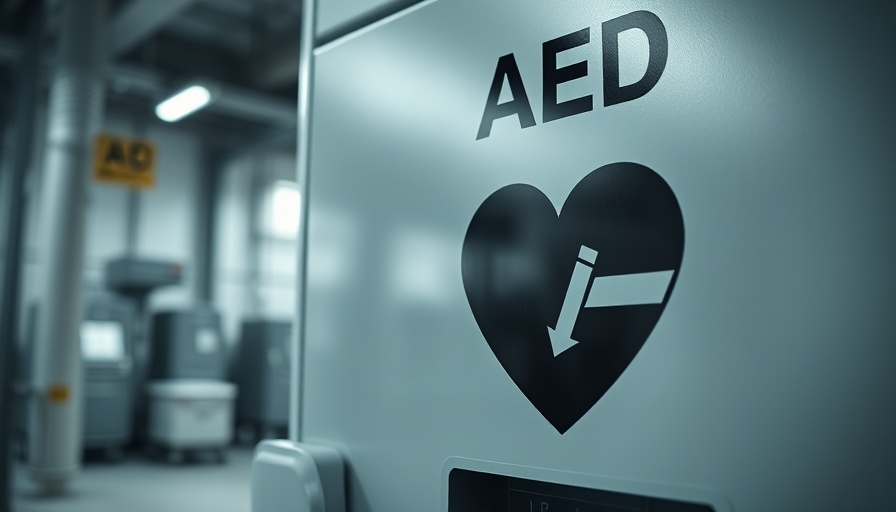
Unlocking the Beauty and Benefits of Edible Container Gardens
Edible container gardens are revolutionizing how we approach home gardening, especially for individuals living in urban settings, pet owners, and those constrained by homeowners association regulations. These gardens not only serve a practical purpose of providing fresh produce but also create aesthetic appeal in limited spaces, offering numerous benefits that everyone can appreciate.
Why Choose an Edible Container Garden?
The benefits of edible container gardens extend beyond mere convenience. Here are some compelling reasons to consider cultivating your own:
- Space Efficiency: Container gardens require minimal space, making them the perfect solution for small patios, balconies, or even indoor setups. With careful planning, you can transform even the tiniest corner into a productivity nook.
- Visual Appeal: Apart from functional benefits, edible container gardens add beauty to your living area. The vibrant colors and textures of plants can uplift any environment, making your space not just beautiful but also beneficial.
- Soil Health Control: Using containers allows you to monitor and manage soil health effectively. You can control the composition and organic content, ensuring that your plants receive the nutrients they need without the risk of soil contamination.
- Mobility: One of the significant advantages of container gardening is its mobility. These gardens let you move your plants to chase sunlight or protect them from harsh weather conditions, increasing your chances of a successful harvest.
- A Perfect Gift: An edible container garden can be a thoughtful gift for loved ones, particularly for those who may find traditional gardening overwhelming. It not only offers something beautiful to nurture but also the joy of harvesting fresh produce.
- Reduced Water Usage: Interestingly, container gardens often require less water compared to traditional gardening methods. Collecting water and using it judiciously can enhance your sustainability efforts.
What Can You Grow in a Container?
Almost any vegetable can thrive in a container with the right care and conditions. However, some varieties perform particularly well. Consider these options:
- Cucumbers: Ideal for container gardening, cucumbers flourish with a trellis for support. Make sure to choose a sizeable pot that can accommodate growth.
- Herbs: Herbs like basil, parsley, and cilantro are excellent choices as they require minimal space and offer high rewards.
- Leafy Greens: Lettuce, spinach, Swiss chard, and other greens are perfect for containers, enabling continuous harvesting while engaging kids in healthy eating.
- Tomatoes: Look for compact varieties like cherry or grape tomatoes, which grow exceptionally well in pots. Ensure proper support for robust growth.
- Citrus: Certain smaller citrus types, like ‘Improved Meyer’ lemons, can thrive in containers, allowing you to bring a tropical touch to your home.
Choosing the Right Container
Not all containers are created equal. Here are some essential factors to consider:
- Size: Ensure your containers are adequately sized to accommodate the root systems of the plants you wish to grow. A general depth rule is 12 to 18 inches for most vegetables.
- Drainage: Optimal drainage is crucial. Use containers with proper drainage holes to prevent overwatering issues.
- Materials: Consider materials that retain moisture well and can aesthetically fit into your space, such as terracotta, wood, or upcycled items.
Care and Maintenance Tips for Your Container Garden
Successful container gardening involves regular attention and care:
- Watering: Container gardens require frequent watering, especially during hotter months. Ensure the soil remains evenly moist, but avoid waterlogging.
- Fertilization: Nourish your plants with balanced fertilizer every few weeks to promote robust growth.
- Pest Management: Keep an eye out for pests and diseases, especially in the close quarters of container gardens. Early detection and treatment are key to maintaining healthy plants.
Community and Connection Through Gardening
Edible container gardens foster a unique connection with nature that extends beyond individual households. In our fast-paced urban lives, they provide an essential retreat, a space for reflection, and an opportunity for community engagement. Sharing the fruits of your labor with friends and family can create bonds and contribute to local food resilience, paving the way for a healthier community.
In summary, whether you’re a novice gardener or an experienced green thumb, edible container gardens can transform your living space into a lush sanctuary while providing nutritious food options. They offer a blend of beauty, practicality, and sustainability, making them a worthwhile endeavor. So why not start your own edible container garden today? Your taste buds and well-being will thank you!
 Add Row
Add Row  Add
Add 




Write A Comment